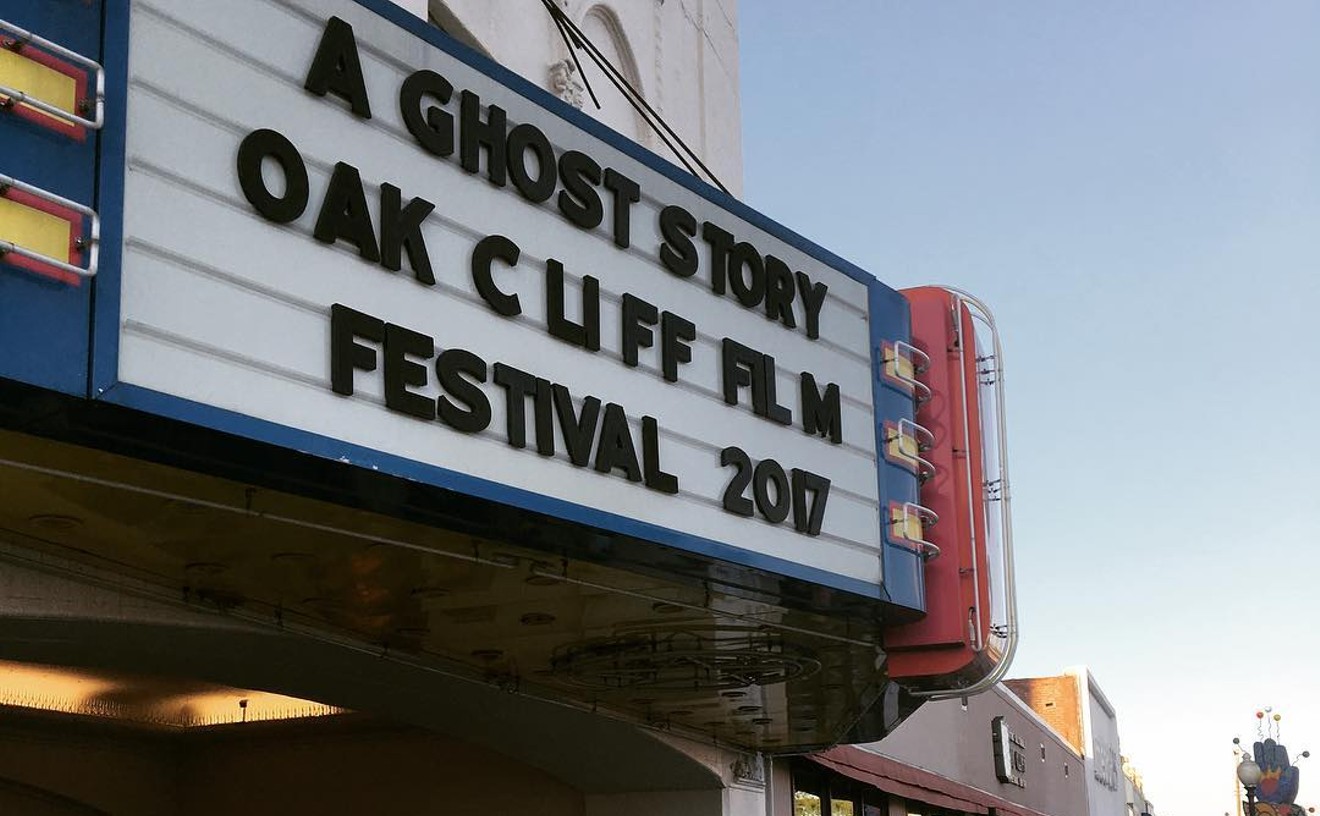Renee Gimpel, art dealer, diarist and connoisseur of the human comedy, knew almost everyone in the art market during the tender years of the 20th century and left us wickedly insightful anecdotes about many. One of his best concerns the Fricks, millionaire industrialists who collected old masters, and whose collection, still housed in the Fifth Avenue manse where the Fricks lived, is one of America's most celebrated small museums.
It seems that Sir Joseph Duveen, Frick's dealer (and Gimpel's brother-in-law), once delivered a Van Dyck portrait to the Frick abode, only to have the lady of the house object vigorously. As Mrs. Frick told her husband, she "couldn't bear to have those Jewish noses constantly before her eyes." The punch line: Van Dyck was, of course, court painter to the Stewarts, and the "Jewish noses" in question belonged to two WASPs, nephews of Charles I, King of England.
The organizers of European Masterpieces: Six Centuries of Paintings from the National Gallery of Victoria, Australia at the Kimbell Art Museum have gone all-out to save American viewers the embarrassing fate of Mrs. Frick. In a lavishly footnoted and surprisingly readable 208-page catalog, as well as in the more abbreviated audio tour, they relate the historical tidbits most viewers will need in order to appreciate the pompous personages, virtuous maids and long-dead children whose portraits hang on the Kimbell's travertine walls. This emphasis on biography, however, comes at a cost. Unfortunately the show makes little or no attempt to fit all these faces into a coherent art historical narrative, to explain why the gold backgrounds give way to busy tableaux of Renaissance saints, which give way to Tintoretto's magnificent ermine-caped doge. This is an exhibition desperately in need of Sister Wendy.
Too bad, for this show darts down some fascinating alleys of art history. Although the collection contains the art stars--Rembrandt, Van Dyck, Pissarro, Sisley and Picasso, to name but a few--it also contains artists more familiar to specialists than to the museum-going or even the art history-studying public. Only a handful of the canvases have ever been exhibited on this side of the Atlantic or, for that matter, in Europe, outside Agnew's and Colnaghi's and Christie's London showrooms anyway.
The National Gallery of Victoria began amassing this trove--now touring North America, while its new digs are being built--during the late 19th and early 20th centuries, at the same time the great American robber barons were forming their collections, and for many of the same reasons. Like America, turn-of-the-century Australia was booming, forming great fortunes, and the newly minted squillionaires wanted a little culture to soothe the rough edges. One of these, Edward Felton, died in 1905, leaving an enormous sum to the incipient museum. Before old Ed had been dead a year, the National Gallery's director was spending his bequest in London, competing with the Fricks and the Havermeyers for cultural booty to bring the blokes down under.
It was a great time to be buying art. In France, Impressionist and Modern pictures could be had at reasonable prices; in England, the Settled Lands Act was forcing the liquidation of pictures from the great estates. Though it was illegal to export old masters from Italy, this speed bump stopped no one, not the impoverished priests and nuns smuggling out treasures to pay for roof repairs and especially not Bernard Berenson and Duveen. With the help of the leading dealers of the day, the National Gallery of Victoria began snapping up canvases. It bought French. It bought Italian. It bought Dutch. Especially, it bought British.
The result is a collection that Gimpel and many others would sniff at as "spoiled by too many English pictures"--strong in landscape and Dutch genre painting, but with its greatest emphasis on portraiture, especially British. The emphasis on that sceptered isle is part cultural chauvinism, part the result of buying almost exclusively from London dealers, and mostly, a function of collecting vogues during decades of the 20th century. Indeed, the show is harder to make sense of as art history than as market history and institutional biography.
NGV started predictably enough, with the Impressionists and the Barbizon school. Early on, it showed a weakness for the bargain basement, snapping up Burne-Jones and a very bad Puvis de Chavannes, artists whose reputations--and prices--had suffered a steep decline in the early years of the 20th century. Informed by obvious sources, the collection soon began to reflect the tastes of those from whom the NGV purchased, of Knoedler's and Colnaghi's and Agnew's and Christie's London showrooms. We see the taste for old masters, as well as for 19th-century English works by Turner and Constable; we see the neoclassicism and the romanticism: Reynolds, Gainsborough and Romney, with a nod toward Pre-Raphaelites like Millais.
By the '20s we see the requisite gold-background pictures; we see the Italian primitives, the nods toward Mannerism and the Renaissance; we see the de rigueur detours through Dutch genre painting and Vedute. But most of all, we see what Peter Watson has dubbed the "cult of the portrait." The early years of the 20th century spawned tremendous demand for portraiture, as newly minted American millionaires formed their collections. And the English, strapped for cash, were only too happy to respond; as Watson has noted, the number of English portraits on the art market tripled between 1900 and 1930. It is no accident that the NGV fell under this spell; like their American counterparts, new Aussie tycoons identified with the aristocrats of a bygone day.
One of the peculiarities of this craze is that portraits of women were far more in demand than portraits of men, and the NGV collection contains some magnificent examples. Van Dyck's posthumous portrait of Rachel de Ruvigny, Countess of Southampton, is nothing less than a Baroque masterpiece, with its floating crystal ball of Earth and its skull at the foot of the recently deceased. More than a century later, Johan Zoffany's portrait of Elizabeth Farren shows how little, and how much, styles have changed. The two are equally theatrical, exchanging one set of backdrops for another; whereas the Baroque portrait depicts truth (death) as artifice, the Zoffany disguises artifice (the background, the pose) as truth. This trend is even more pronounced in the nearby Reynolds portraits of Suzanna Gale and Lady Frances Finch, with their faux naturalism and contrived outdoor settings--trends that would continue well beyond Manet.
To be sure, the portraits are not limited to Brits. (A more appropriate subtitle for the exhibition might be "Portraiture from Tintoretto to Hockney.") By comparing Tintoretto's two portraits of Doge Pietro Loredano--one owned by the NGV, the other in the Kimbell's own collection--the curators of the show have done a masterful job of pointing out the subtle tricks of the trade artists use to create character. We gain some insight as well into the conventions of the genre, into how the artist balances the sitter's expectations and his own, walking the tightrope between flattery and truth.
The most interesting digressions from the better-traveled paths of art history come not from the NGV's rather predictable purchases, but from bequests such as Joseph Highmore's Self-Portrait of 1745-47. The picture, a startlingly candid self-portrait of the artist's shaven head and morning dress, tells a story that Reynold's grandiose portraits only hint at, emphasizing the 18th-century artist's struggle to be recognized as something other than a mere craftsman. This is clearly a gentleman and a scholar, someone not so different from people we might know, someone who provides some relief from the otherwise predictable confections hanging about him. After touring the Kimbell's show, he might well sympathize with the oath John Singer Sergeant is said to have taken after one portrait too many: "No more mugs."










